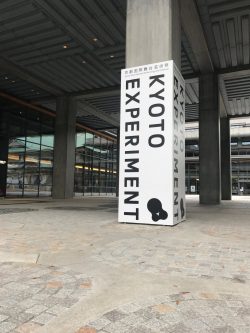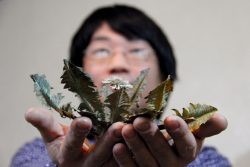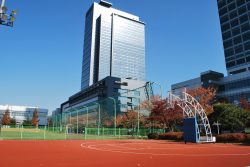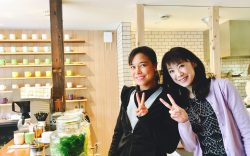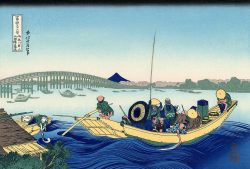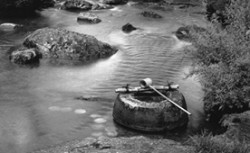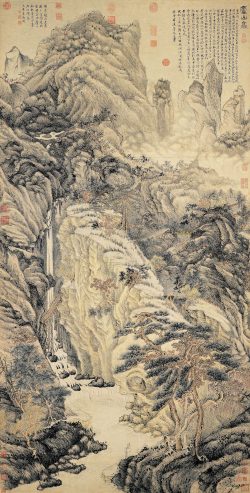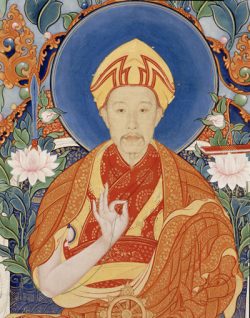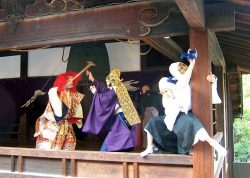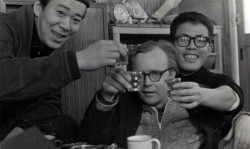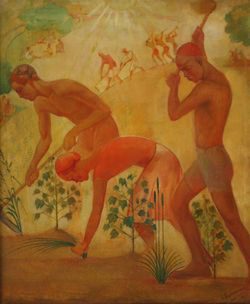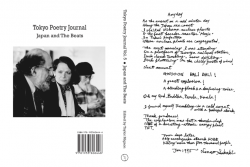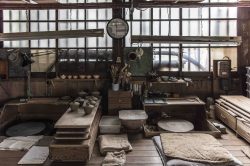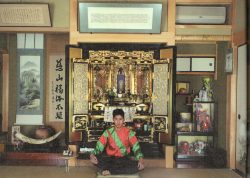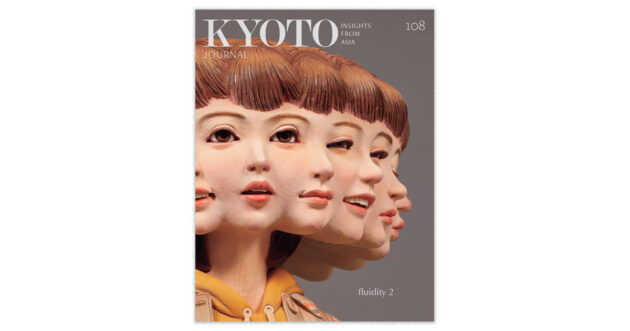KYOTO EXPERIMENT: In Conversation with Yusuke Hashimoto
“Before, the younger artists based here in the Kansai region who wanted to grow internationally had to always to go Tokyo in the beginning to be acquainted with the right critics or journalists living there who could help launch their careers. But I wanted to create an international platform so that these artists could easily make the connections here”
Read MoreWelded from Nature: The Botanical Creations of Shota Suzuki
“In my work, I try to pursue the balance between the beautiful energy and sensual intimacy that I feel from both nature and metals. I can’t explain my love of plant motifs, I just never grow tired of them…”
Read MoreSoaring over Sorachi
As one of the few places like it in all of Japan, Sky Park draws visitors from around the world to glide. Cities like Takikawa have shrunk since the coalmines closed in the seventies and eighties…But the thousand tourists who visit Takikawa annually to ride in a glider provide a good boost to the city.
Read MoreThe Chaebol: Geoffrey Cain on corporate governance and politics in South Korea
“If you look at the history of Korea, and even its current events the entire Korean peninsula has a kind-of dark story behind it. I think that Koreans have been disappointed by their leaders a lot and they have been disappointed by their businesses too. But the culture there is that you have to tolerate things in the national interest…”
Read MoreJulie Gramlich: Researching female entrepreneurship in Japan
Julie Gramlich worked for a female founder in the Silicon Valley before receiving the Japanese Education Ministry’s MEXT scholarship to study the entrepreneurial environment for women in Japan. As part of this research, Julie has interviewed over 20 Japanese women in a range of fields.
Read MoreThirty-Six Times
It is the mountain’s presence that most inspires when viewing Hokusai’s thirty-six prints. Rain or shine, snow or wind, clear skies – seen from village, sea, or city – the mountain is a timeline against which all of life is measured.
Read MoreRocking to the Flow
The 7th generation Ogawa Jihei (1860-1933), better known as “Ueji,” was a magician with water and stone and a pioneer of modern Japanese garden design.
Read MoreA Cabin In The Pines: On Urban Suffering And Chinese Landscape Painting
When I moved to San Francisco, in my early twenties, I got my ass handed to me. Not only was I a newbie in the big bad city, I was also fresh from the woods, from a six-month stint tracking raptors as a US Forest Service biological science technician…
Read MoreThe Manchurian Bodhisattva
In 772 the Tang dynasty emperor Daizong decreed that, for the welfare of the empire, Manjusri should be worshipped in every Buddhist monastery in China. Each of the five peaks (or ‘terraces’) of Wutaishan became associated with a different manifestation of Manjusri; accounts of visionary encounters and apparitions abound.
Read MoreSetsubun Girl
An oni with a magical hammer comes to tempt her, dressed as a mortal man. He strikes his hammer once, and magnificent kimono appear from thin air, which she accepts with protest and delight.
Read MoreUpholding Lightness
Italian and Singaporean design duo Francesca Lanzavecchia and Hunn Wai on their latest collaboration, the challenges in taking advantage of new technologies, and the tools the next generation of designers need to navigate their ever-changing field.
Read MoreRecords of a Travel-worn Notebook
During his copious amount of travel, Rowe grew particularly interested in the storytellers he encountered, especially those who are able to embed us strongly in the soil of those places where their stories take root.
Read MoreKyoto in the Mid-sixties
Waiting in the snow at the Ryoan-ji bus stop on a Kyoto winter morning in 1964, I was interrupted by a woman who came out of a nearby house and, seeing me standing there, went back inside and returned with an overcoat which she helped me into. It was a three-quarter-length brown coat, and warm…That was my introduction to Kyoto.
Read MoreJapan Dissents
Andrews doesn’t paint radicals as innocent victims, however. He describes in great detail the violent, sometimes deadly infighting that tore apart the protest movement in the 1960s and 70s, and argues that this self-destructive behavior nudged the general population toward political apathy in the decades that followed.
Read MoreThe Museum of Forbidden Art
The museum’s obscurity, and Savitsky’s own lack of social standing or professional reputation in the art world, meant that no one in authority thought to look at what he was doing. Savitsky took the opportunity to quietly buy up the works of Russian painters who had been killed, sent to the gulags in Siberia, or otherwise fallen foul of the State.
Read MoreOne-Straw Messenger: Larry Korn, author and natural farming advocate
Larry Korn was a 26-year-old farmhand from the United States living and working at a communal farm in rural Kyoto in 1974 when he decided to go and see for himself an enigmatic farmer-philosopher he had been hearing about through the grapevine in Japan: Masanobu Fukuoka.
Read MoreToPoJo’s “Deep Beatitude”
The whole matter of Beat Lit/Beat Culture’s engagement with Japan has been overdue for thoughtful attention for too long. With writing on Beat Generation personalities and their work at near-saturation point in English, Japan’s pivotal informative role in helping incubate Beat ethics, aesthetics, and insight practices especially has remained oddly elusive.
Read MoreThe Allen Ginsberg of Japan
Kazuko Shiraishi, in person, is similar to her poetry: vivacious, playful, intelligent, flirtatious and most important, loving. This year she turns 87, but still exhibits some of these characteristics, both in her personality and in her work.
Read MoreShokunin and Devotion
The Japanese word ‘shokunin’ is often translated as ‘artisan’ in English. Although it isn’t incorrect by definition, the translation seems to lose the spirit of what a shokunin does. I’m reminded of this every time I explain the works and lives of shokunin to an overseas audience, which happens to be what I do for a living.
Read MoreComfort
A kotatsu is a low table with a blanket or quilt spread over it and a heating device inside. In old houses like ours, the area under the table is often actually sunk into the floor, so the legs can stretch out and the feet can rest directly on the little heater.
Read MoreButsudan Boys
“Portraits of Eldest Sons” is a series of photographs addressing the relationship between young men and their family homes. Photographer Saito Hiroshi took indvidual portraits of himself and his friends—all young men aged around 20 or 21, and all eldest sons—in the rooms where their family butsudan, in-house Buddhist altars, are displayed.
Read More
